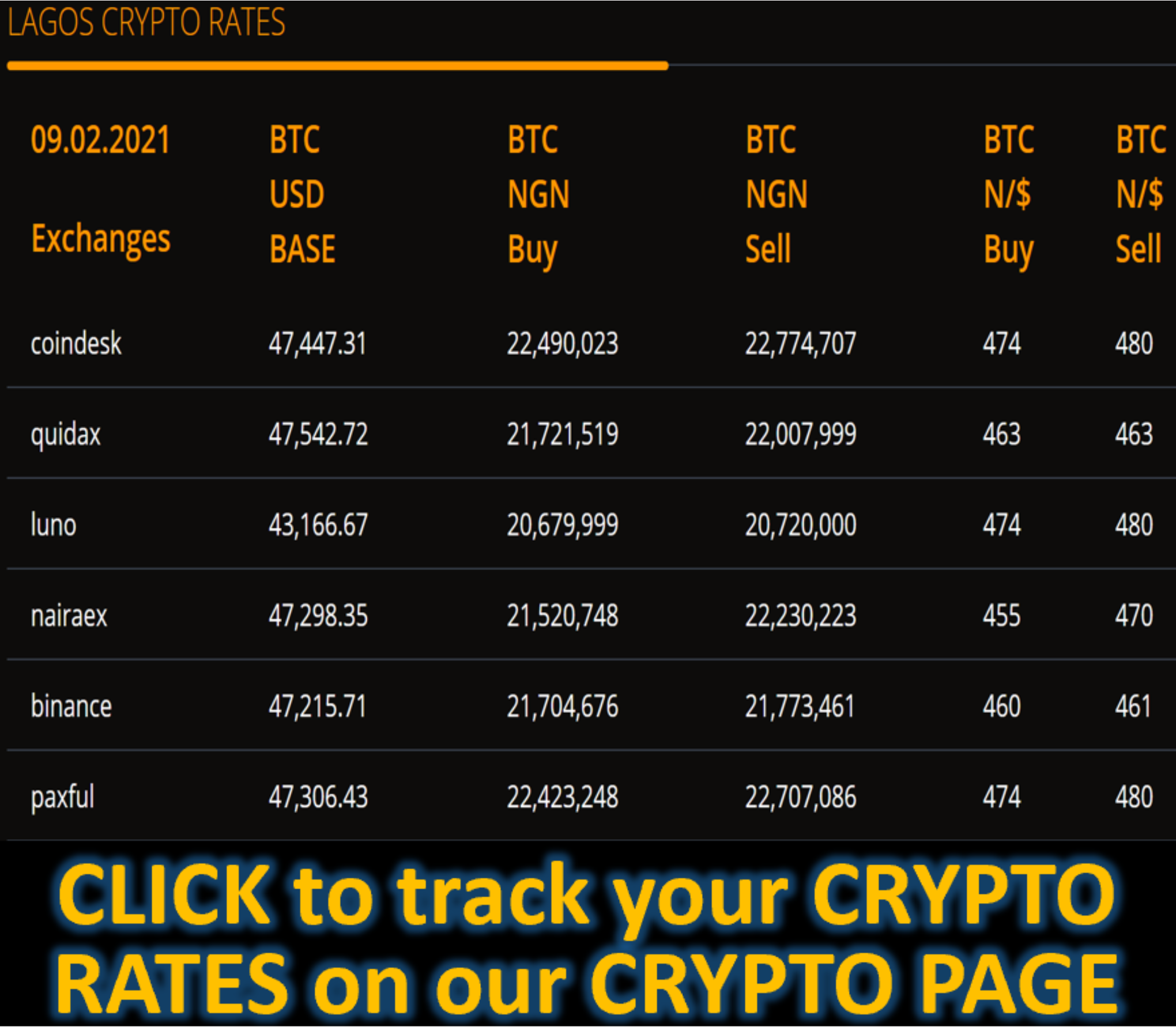Market News
Canada Economy Stalled in February Amid Tariff Threats - BLOOMBERG
(Bloomberg) -- Canada’s economic growth came to a halt after a solid start to the year as tariff threats mounted.
Advance data showed gross domestic product was unchanged in February, Statistics Canada said Friday. That followed a robust 0.4% expansion in January, the strongest monthly pace since April last year and beating the median estimate of economists.
Assuming there’s also no growth in March, the industry-based numbers point to annualized 2.1% growth in the first quarter, versus the Bank of Canada’s forecast of 2% and the 1.6% expected by economists in a Bloomberg survey. That would be a deceleration from a fourth-quarter gain of 2.6%.
Waning momentum due to tariff threats, however, does not necessarily mean an immediate rate cut from the Bank of Canada at its next decision on April 16. Policymakers said they need to set policy rate that works for different outcomes, and weigh downward pressures on inflation from a weaker economy against upward pressures from higher costs.
US President Donald Trump’s administration has already imposed tariffs on some products the US buys from Canada, and further levies expected in coming weeks — if sustained — will likely plunge the economy into recession. With Canada’s retaliatory tariffs raising prices for imports, there’s risk that inflation may rise above the bank’s upper target range of 3%.
Bank of Canada Governor Tiff Macklem said last week that the risk of higher inflation from a trade war limits the bank’s ability to cut rates to boost growth. He said that policymakers would focus on ensuring Canadian businesses and households expect price gains to stabilize over time despites and look beyond short-term price hikes.
In February, growth in the manufacturing and finance sectors was offset by declines in real estate, oil and gas extraction and retail trade. Last week, the statistics agency’s preliminary retail data for February also showed consumers pared back spending for a second straight month.
While pervasive uncertainty around tariffs appeared to suppress business and household spending last month, it spurred a boom in activity in January, with exporters, importers and factories ramping up their shipments and production to front-run the steep duties.
“Solid start to the year, but that’s cold comfort with tariffs now in place and poised to worsen next week,” Benjamin Reitzes, rates and macro strategist at Bank of Montreal, said in an email. Trump plans sweeping so-called reciprocal tariffs on April 2 and 25% import taxes on automobiles on April 3.
“The strong January will only reinforce the Bank of Canada’s desire to move to the sidelines barring a material worsening of the outlook due to next week’s tariff announcements,” Reitzes said.
In January, goods-producing industries contributed most to the growth, rising 1.1%, the largest increase since October 2021. Mining and oil and gas extraction as well as manufacturing sectors led the gains. Wholesale trade also grew, with auto distributors reaching highest level since February 2020 due to a strong increase in exports.
“Given recent developments on the tariff front this is clearly now old news,” Andrew Grantham, economist at Canadian Imperial Bank of Commerce, said in a report to investors. “The Bank of Canada will be carefully judging downside risks to growth against a stronger near-term profile for inflation as it makes its next policy decisions.”
The strength in the economy at the start of the year won’t change the view of the central bank that it will need to balance the deflationary impact of the tariffs — weaker economic activity — and inflation pressures coming from higher costs, Charles St-Arnaud, chief economist at Alberta Central, said in an email.
“It is clear from recent comments by Governor Macklem that, at this point, the Bank of Canada is more concerned by the inflationary risks.”
--With assistance from Mario Baker Ramirez and Erik Hertzberg.
(Adds reaction from economists starting in paragraph nine.)









